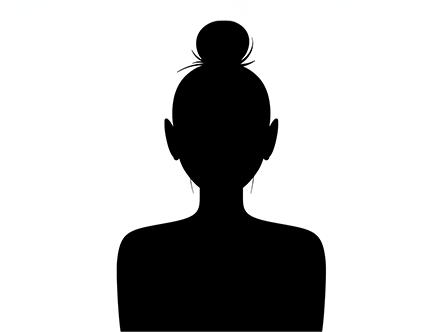From ballet to tango, dance classes vary in terms of their physical demands but offer the opportunity for exercise and expression together, as well as social activity. They're good for people of varying ages and abilities.
What are dance classes good for?
What to expect from dance classes
Different kinds of dance class
Dance classes offer emotional, social and physical benefits. The physical benefits of dance classes vary according to the dance. Some are very demanding and you'll need to develop flexibility, muscular strength, balance and aerobic abilities. For other classes, the moves are more gentle and straightforward.
Dance classes get your body moving. Movement raises your endorphin levels which will make you feel good generally. Concentrating on the steps and on co-ordinating with a partner helps you forget the stress of your day. Socially, you'll meet people of all ages and backgrounds.
The benefits of taking a dance class include:
If you have any medical conditions, recently been ill or had surgery, check with your GP whether you're ready to do the class, or what movements to avoid. This is also relevant if you are, or think you might be, pregnant.

Dance classes vary enormously depending on the dance, your level, and the teacher. Finding the right class is the key to your success and enjoyment. You may have an idea of what kind of dance you want to do. Speak to the teacher beforehand and find out about the other students, as well as what she anticipates from you in terms of fitness. Usually, you will just be encouraged to go along and enjoy it. Find out what kind of clothes are appropriate.
Like any aerobic exercise, even a gentle one, the class will begin gradually to give your joints and muscles time to warm up. The movement will then increase and you'll spend some time learning the steps. Don't worry if you have gone alone, the teacher will pair you up or put you in a group as appropriate.
As the class draws to a close, you'll probably have some cool-down exercises to make sure you ease out of the activity in a safe and soothing way. A dance class usually lasts between one and two hours.
Dance classes can leave you on a real high. As children, most of us skipped and hopped around every day. As we get older, we dance less and less. Going to a dance class reminds you how much fun it is. The physical benefits are almost a bonus. You'll feel satisfied even if you aren't a great dancer, because it's fun, distracting and a good opportunity to meet people.

Dancing is increasingly popular, so many different classes abound:
Ballet: A great class to develop flexibility, poise, co-ordination and muscular tone and strength. Available at many levels for all ages, and for men, women and children, ballet can be particularly beneficial for people with joint or flexibility difficulties. It is a gentle and graceful form of dance.
Ballroom: Increasingly and incredibly popular in the last few years, ballroom dancing is a social class that teaches various traditional, formal dances from waltzes to foxtrots, offering various levels of aerobic exercise.
Country dancing: Based on traditional folk dances for pairs and "sets" or groups, country dancing is fun for all ages and abilities and does not require any special technical know-how. The music is simple and bright. The exercise is quite vigorous for some dances, gentler for others.
Flamenco: A traditional Spanish dance made up of song, dance, guitar and rhythm, flamenco is bold and highly stylised. Castanets accompany the beat of the shoes on the floor. These rhythms are formed by dancer and observers -- clapping their hands, snapping their fingers, and even banging on tables. Flamenco can be performed alone, in pairs or groups. Skill is needed to do flamenco well, as is strength, but it develops both in the teaching.
Salsa: A mixture of Caribbean, Cuban and Hispanic dance and musical influences, salsa means "sauce". It is the colour and flavour of the dance that makes it so popular. Salsa is a dance step for couples and groups, is quite simple to get hold of and a great form of exercise.
Tango: Originating in Buenos Aires, tango is often described as a conversation set to music. It is a very expressive and emotional form of dance. As a beginner, it is easy to get to a point where you can tango successfully; at the same time, there is always room for further development.
As with any exercise, don't push yourself if you're uncomfortable, or feel strain or pain. A dance class is meant to be enjoyable rather than demanding. If you want to stop, stop. You'll enjoy yourself more and get more benefits from the exercise.

Shy Spy
10th May 2013
Spy Likes:
Instant results; jasmine and frangipani scents; hot steam rooms; a good selection of magazines; modernist decor.
Spy Dislikes:
Whale noises (on CD, not in the pool hopefully); hard massage beds; tiny toilet cubicles; being spoken to like a child; lukewarm pools.
